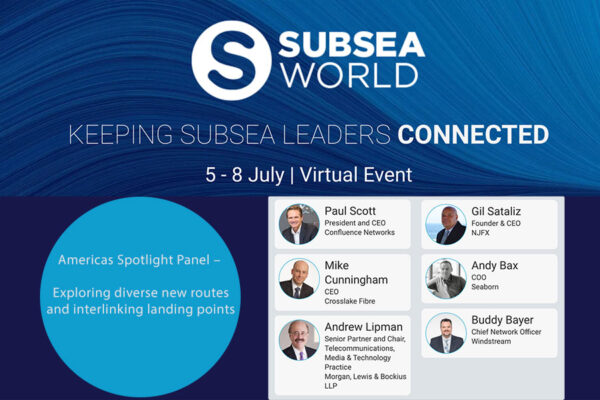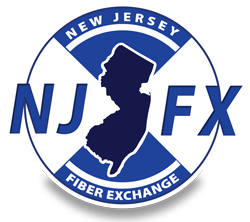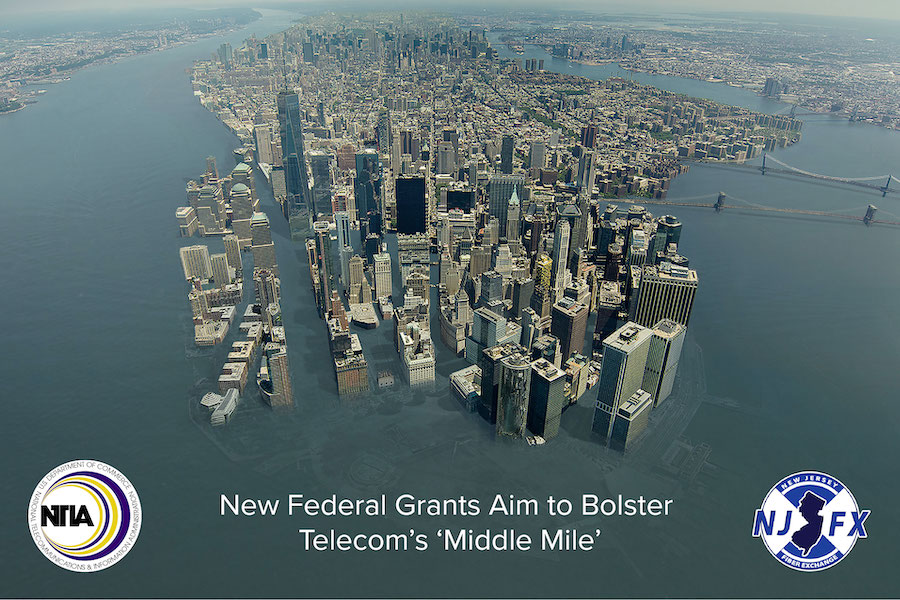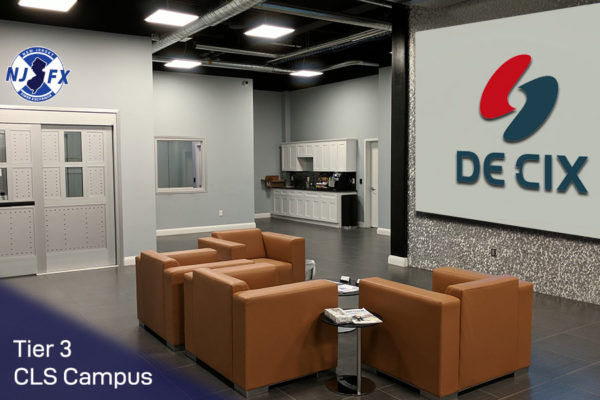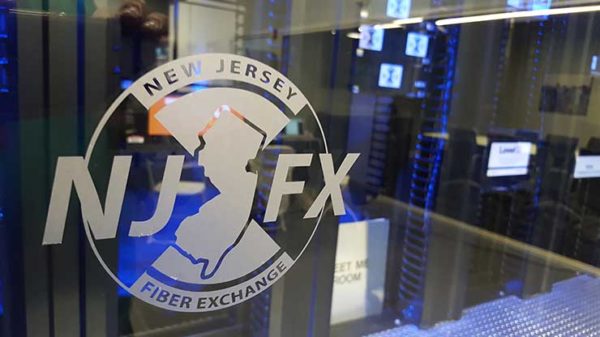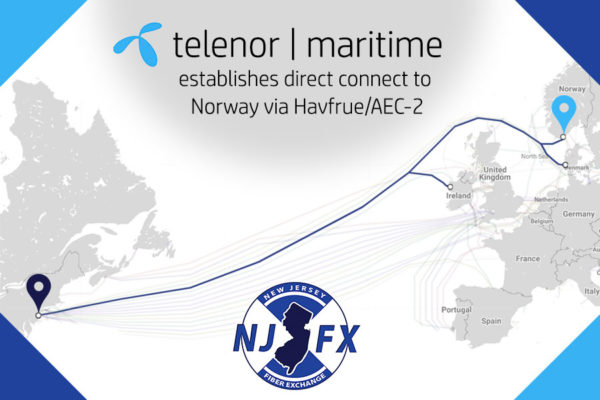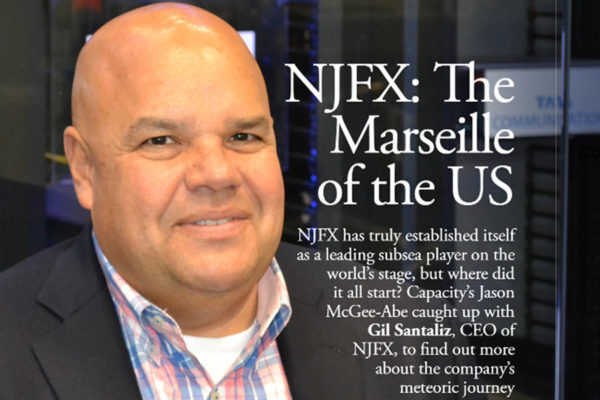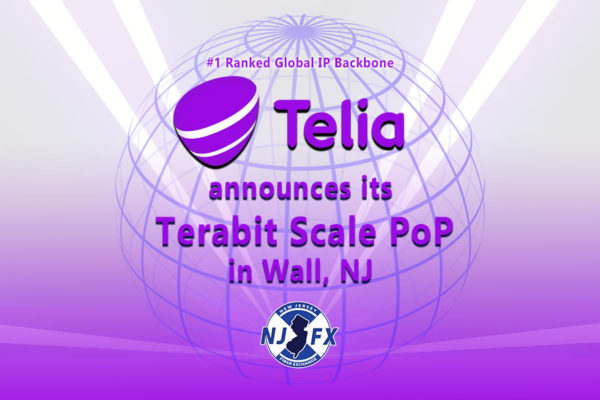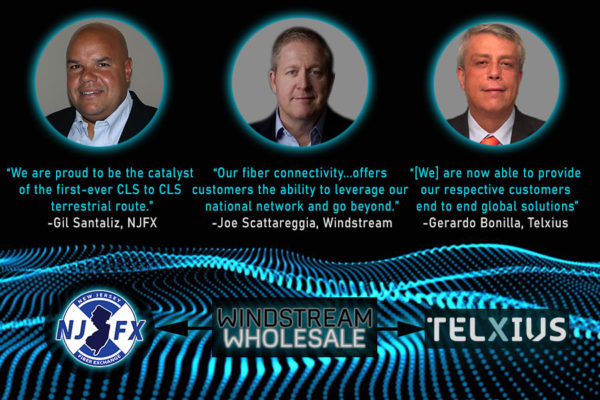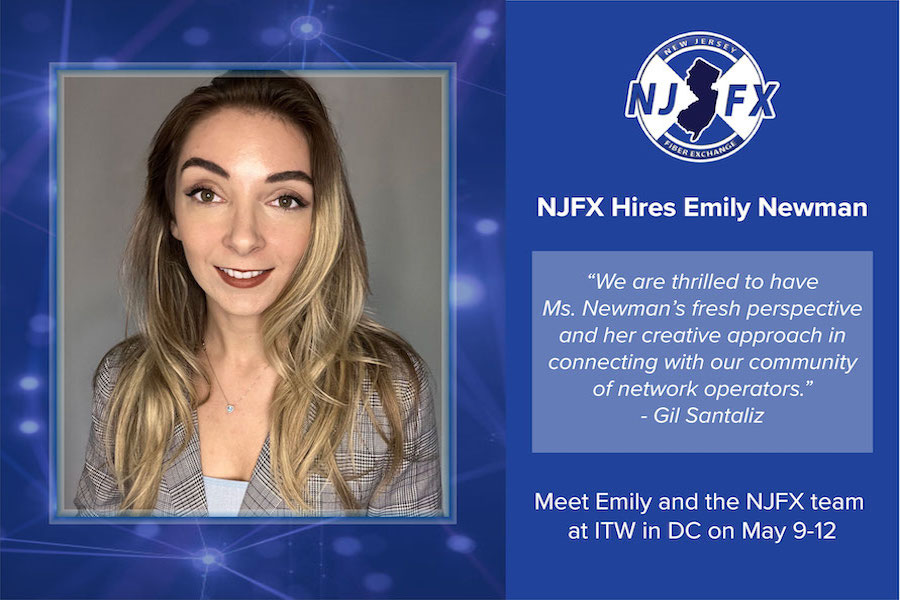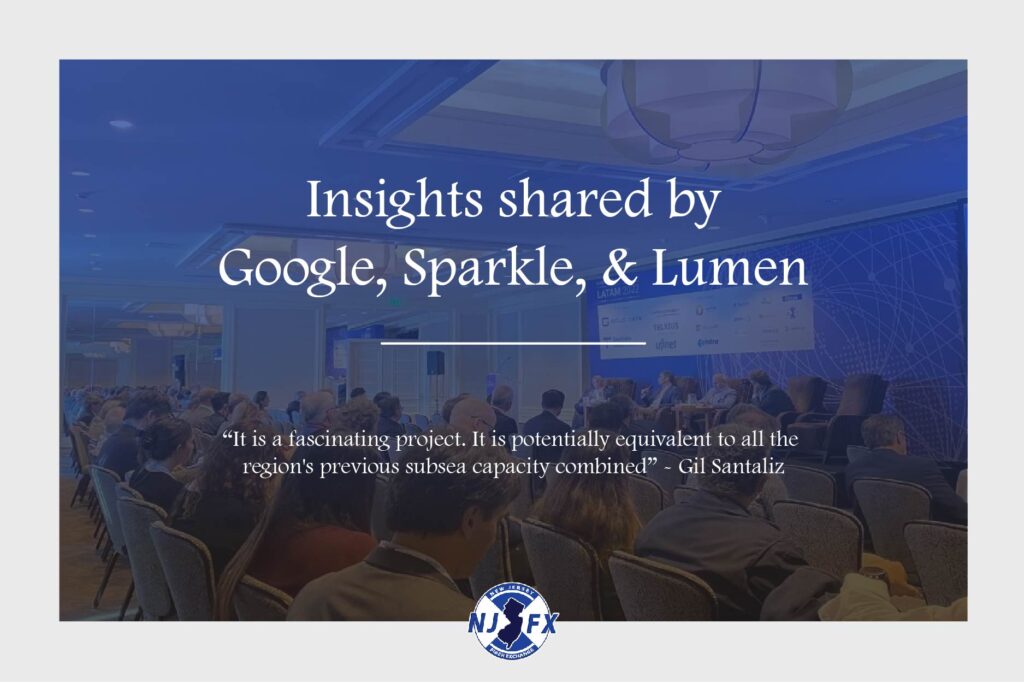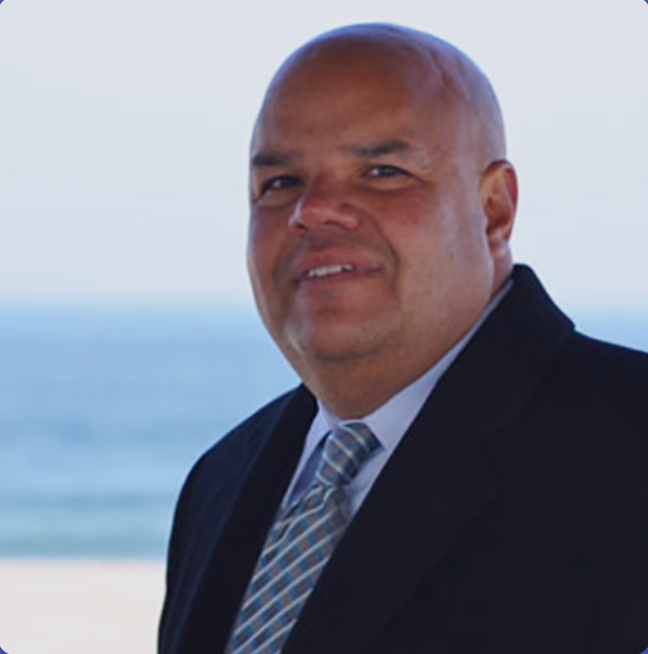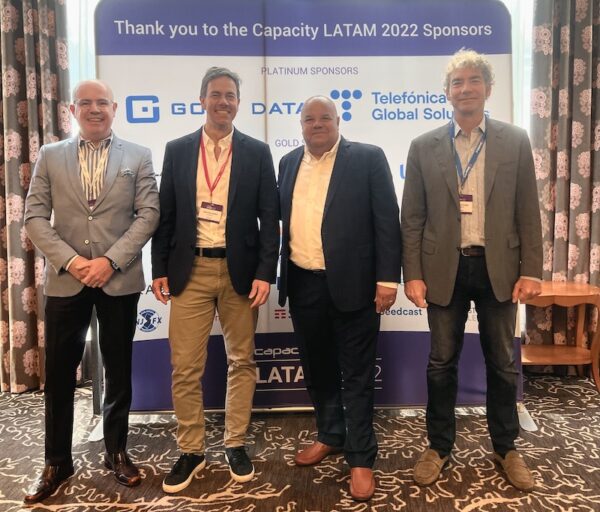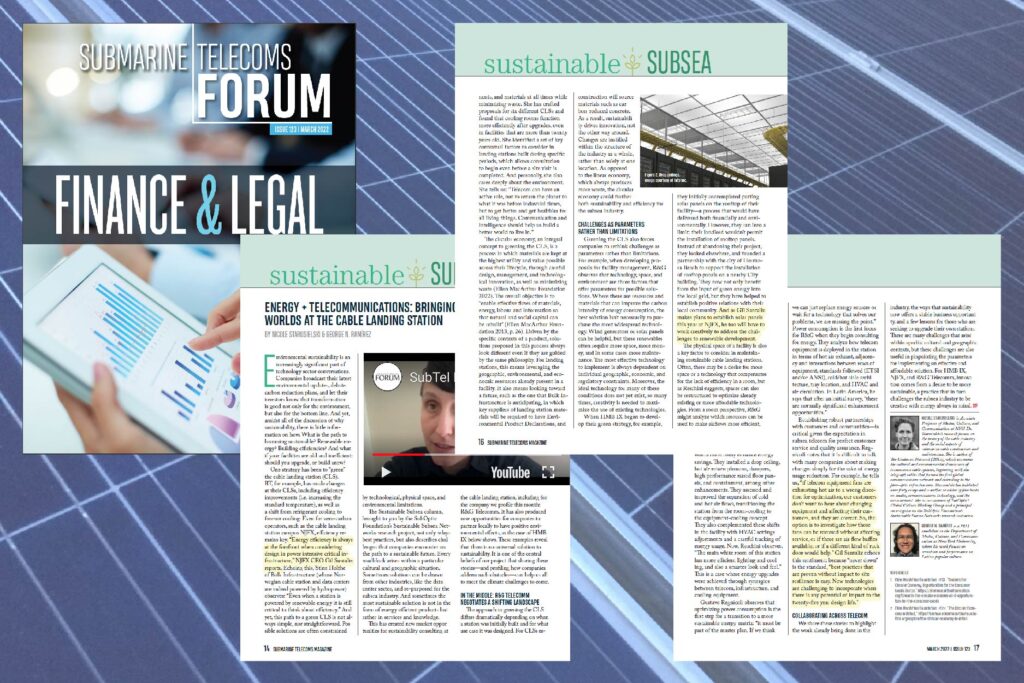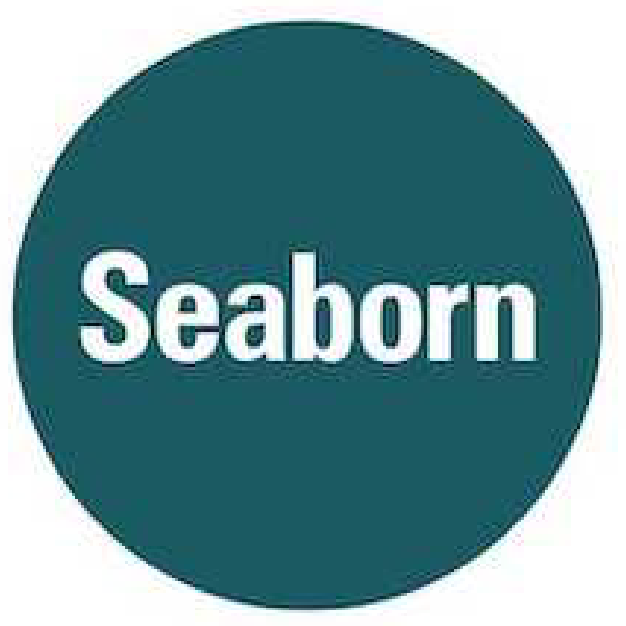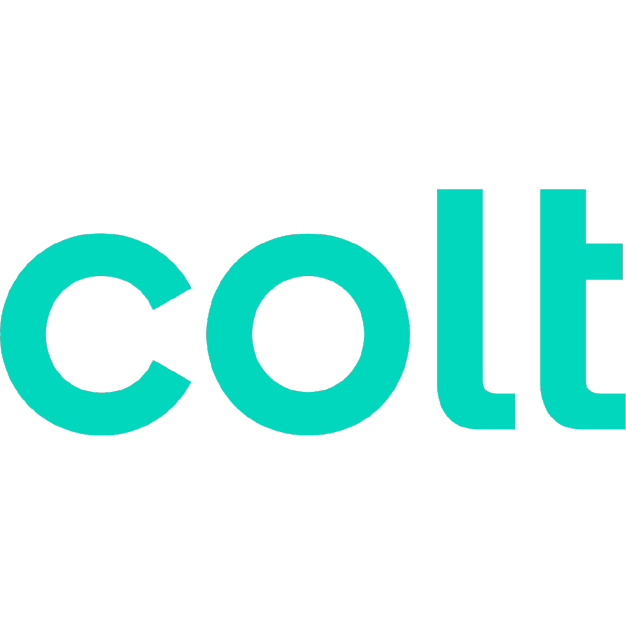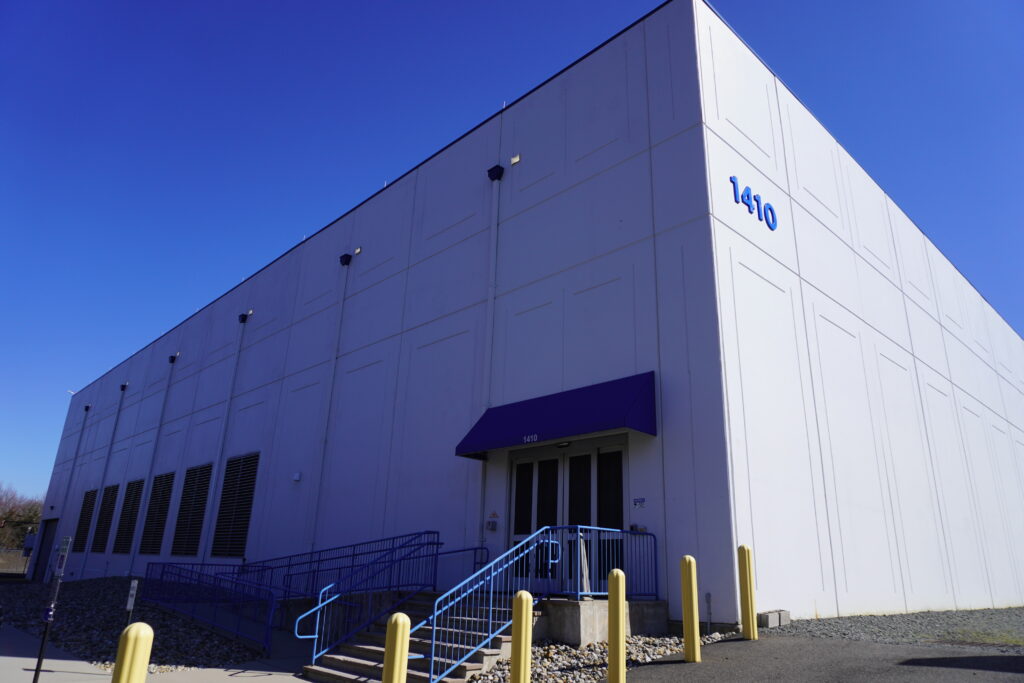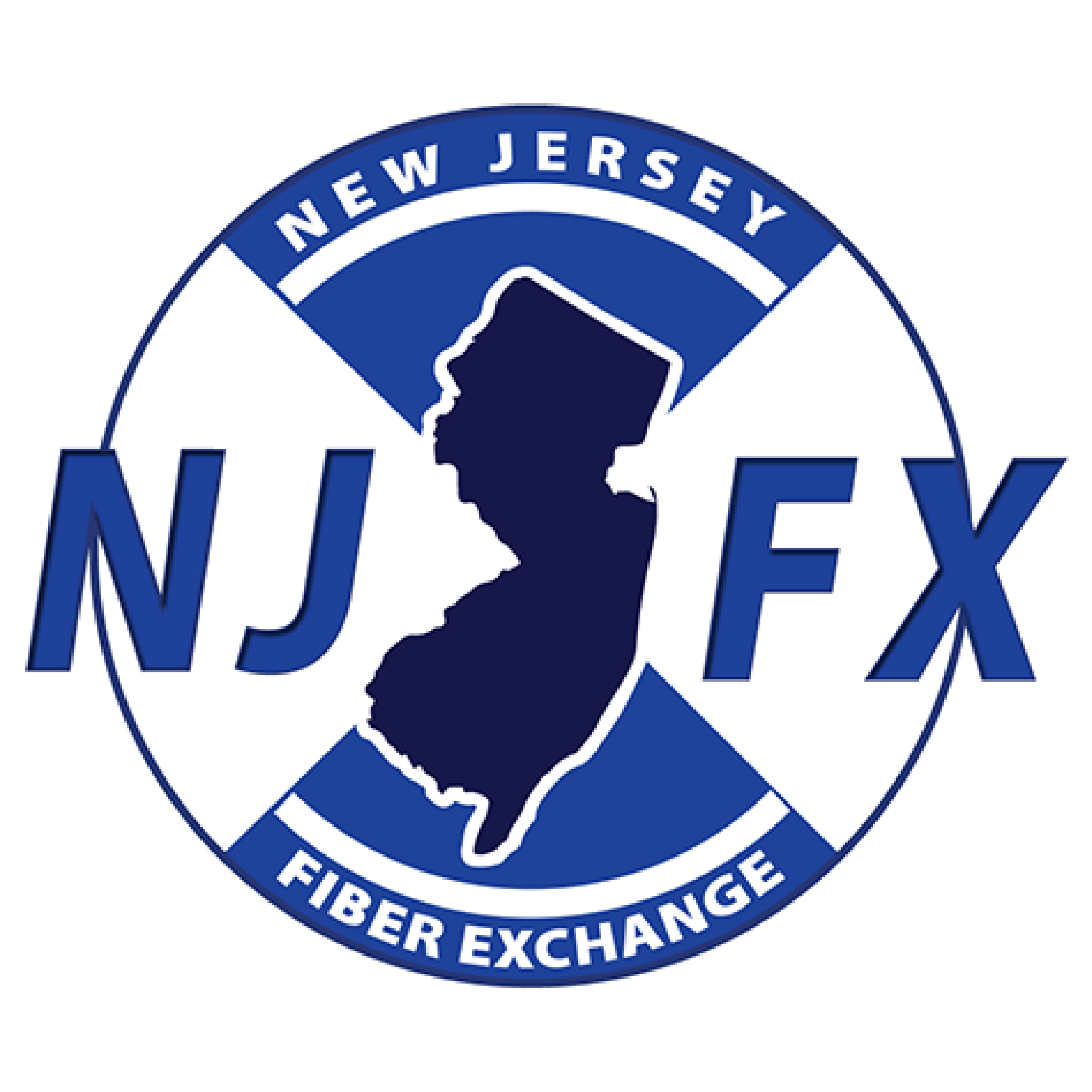Wall Township, NJ – While most people associate take for granted how much the Internet has become embedded in modern life, the team at NJFX realizes the importance of the need for an updated telecommunications infrastructure and the vulnerabilities of legacy networks. The U.S. Department of Commerce’s National Telecommunications & Information Administration (NTIA) has launched a new grant program to encourage the development to improve the resiliency of broadband networks and improve access.
Working from home, streaming videos/gaming, and just about any aspect of commerce touches upon the Internet. The Internet of Things adds additional points of contact to telecommunications networks beyond computers, phones, and tablets. COVID-19 has considerably changed our lives and made the Internet a bigger part of them. We are shaping the Internet without being fully aware of the crucial infrastructure that impacts today and beyond.
Crises Drove Evolution of Data Centers
COVID-19 has helped accelerate a push to cloud computing and has revealed the need to improve the “middle mile” – the points of national and regional telecommunications networks that link-local networks. The global pandemic sent “information economy workers” home in 2020, changing how businesses will manage employees virtually. COVID-19 changed our understanding of working remotely along with an increasing expansion of the Internet while IoT still maturing. Legacy infrastructure, in lower Manhattan, is now supporting critical Internet traffic between ISPs in favor of cable companies and our U.S. wireless network operators. These legacy facilities are owned by real estate landlords who are unaware of how critical their role is in our society.
COVID-19, however, was not the only one to drive changes in telecommunications.
Back in the late 90’s, as the Internet was starting to become a force in commerce, most data centers were housed in brick-and-mortar office spaces with equipment fully accessible to anyone working on-site. After the 9/11 attacks, the telecommunication industry realized data centers cannot be sitting in office buildings without security measures. New York City and the data flowing through it could not be the single point of failure for the business community. This began the journey of distribution and storage for shared data center space applications for computing. Equinix and a few other industry veterans started to create shared data centers that helped economically and diversified creating an environment with remote telecommunications infrastructure separated from employment buildings. The era of shared data centers shaped our country’s future of how we use the internet for the next ten years.
Even those changes could not overcome mother nature. In 2012, Hurricane Sandy slammed the East Coast affecting thousands of businesses and residents, cutting off electricity throughout the Northeast for days, leaving Lower Manhattan submerged during the height of the storm. The storm, which has been described as a once-in-a-700-year event, proved how dependent our global economy is on the critical infrastructure that is placed in lower Manhattan and Northern Jersey. The tragic events, since 2000, created a realization to diversify away from legacy points with subsea cables connecting Europe and the Americas.
A few years later, we started NJFX in Wall, N.J. NJFX serves over thirty carriers interconnecting Europe, North America, South America, and the Caribbean through the four subsea cables that are on campus. Today, Virginia Beach Cable Landing Station is working to expand the carrier community over subsea cables. Technology companies, such as Google, Facebook, Microsoft, and Amazon, are also developing new subsea projects. Other landing sites and newer, higher capacity undersea fiber is helping to link global telecommunications networks, while building some resiliency to that “middle mile.”
Federal Grants to Bolster Middle Mile Infrastructure
The United States Government is aware of critical legacy infrastructure and needs diversification to build additional redundancy in the “middle mile.” Both ends of the middle mile are how users get to their applications through WAN services, private line networks, and cloud networks to shuttle information between destinations. The Middle Mile is becoming a critical part of how we connect with our remote workers, essential employees, and our families through various applications, data, and basic everyday functions that the internet provides.
The NTIA, which oversees the grants under the Infrastructure Investment and Jobs Act, is offering grants to technology companies and electric and telecommunications utilities. The grant program prioritizes projects that leverage existing infrastructure, enable connection of unserved communities, encourage the development of carrier-neutral interconnection facilities, and improve redundancy/resilience while reducing regulatory and permitting barriers.
“It is likely that NTIA’s final rules will permit funds awarded under this program to be used for a host of projects, including laying fiber to expand and extend existing networks, leasing dark fiber, connecting data centers, building wireless microwave backhaul infrastructure, and other similar projects,” the administration said.
To learn more about the Middle Mile Grant, click here.


